17 Once-Luxurious Foods You Can Now Afford Any Day of the Week
Foods that once graced only the tables of kings and the wealthy elite have become everyday staples in our modern world. Changes in farming, transportation, and food processing have transformed these former luxuries into affordable options for regular meals. Take a peek at these 17 foods that have journeyed from exclusive delicacies to grocery store regulars!
1. Lobster: From Prison Food to Seafood Sensation
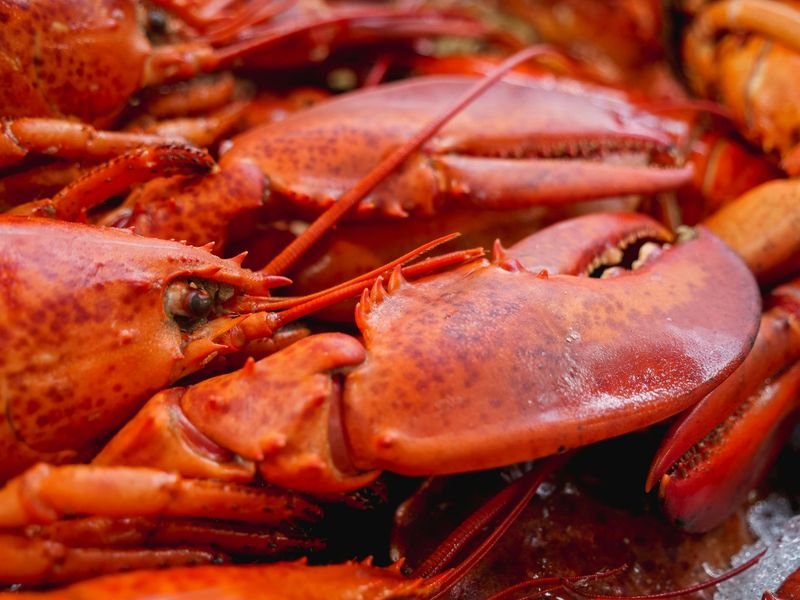
Colonial American prisoners and servants once complained about being fed too much lobster. Hard to imagine, right? These sea creatures were so abundant along the Northeast coast that they washed up on beaches in huge piles.
By the 1880s, canning technology and railway transportation transformed lobster into an upscale dish. Wealthy vacationers visiting Maine developed a taste for the crustacean, taking the trend back to their cities.
Today, while not dirt cheap, lobster has become accessible enough for special home-cooked meals, especially when on sale. The journey from prison plate to premium dining and now to your dinner table is truly remarkable.
2. Pineapple: The Fruit That No Longer Costs a Fortune
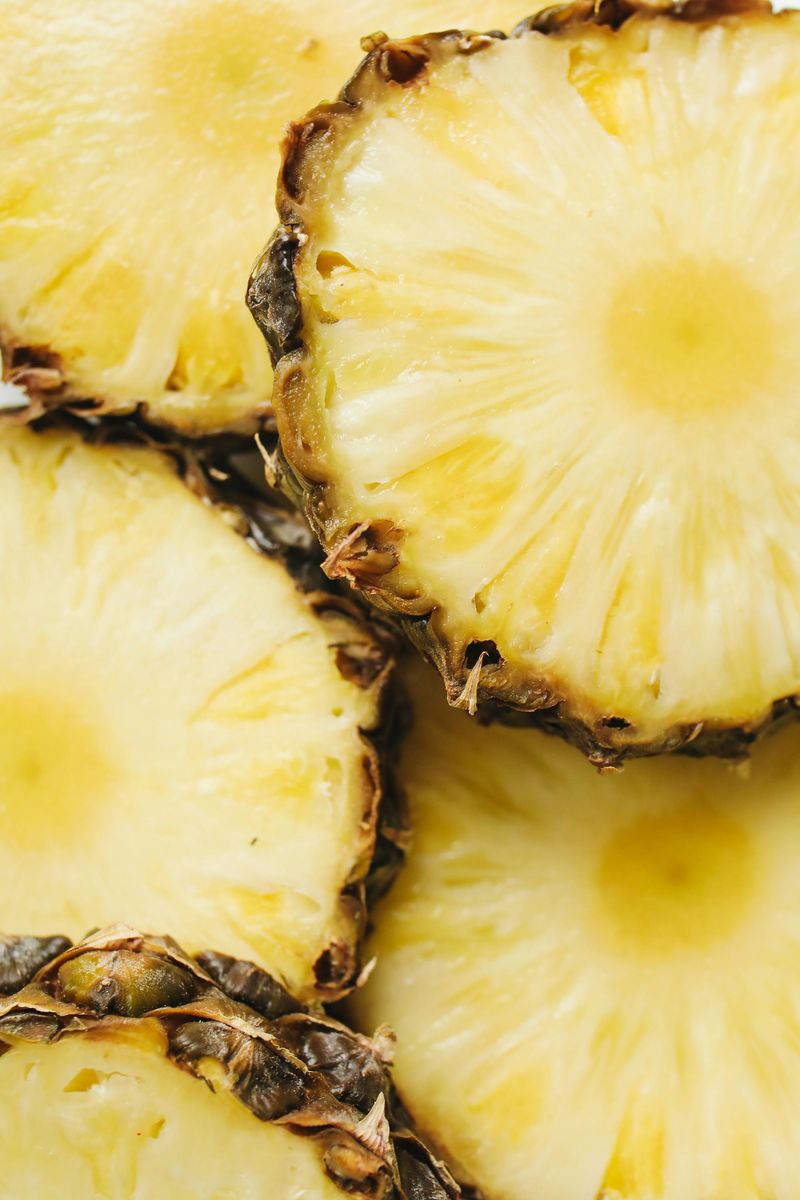
European aristocrats of the 1700s would rent pineapples just for display at dinner parties! These tropical treasures cost the equivalent of thousands of dollars each and symbolized extreme wealth and hospitality.
Kings built special heated greenhouses called ‘pineapple pits’ just to grow a few precious fruits. Christopher Columbus first brought pineapples to Europe after encountering them in Guadeloupe in 1493, beginning centuries of pineapple obsession.
Modern shipping methods and large-scale production in countries like Costa Rica, the Philippines, and Hawaii have made pineapples available year-round at affordable prices. Now anyone can enjoy this once-royal fruit for just a few dollars.
3. Sugar: The Sweet Spice That Ruled Empires

Sugar was once so valuable that people kept it locked in special containers with their own keys! Medieval Europeans considered it a rare spice, medicine, and status symbol all in one.
The rise of sugar plantations in the Caribbean and South America dramatically increased production, though at the terrible human cost of slavery. By the 19th century, industrial refining methods and mass production made sugar increasingly accessible.
The invention of sugar beets as an alternative source further reduced prices. Today, sugar is so common and inexpensive that the average American consumes about 77 pounds annually, a quantity that would have astounded medieval nobility who treasured even small amounts.
4. Bananas: From Exotic Novelty to Lunchbox Standard
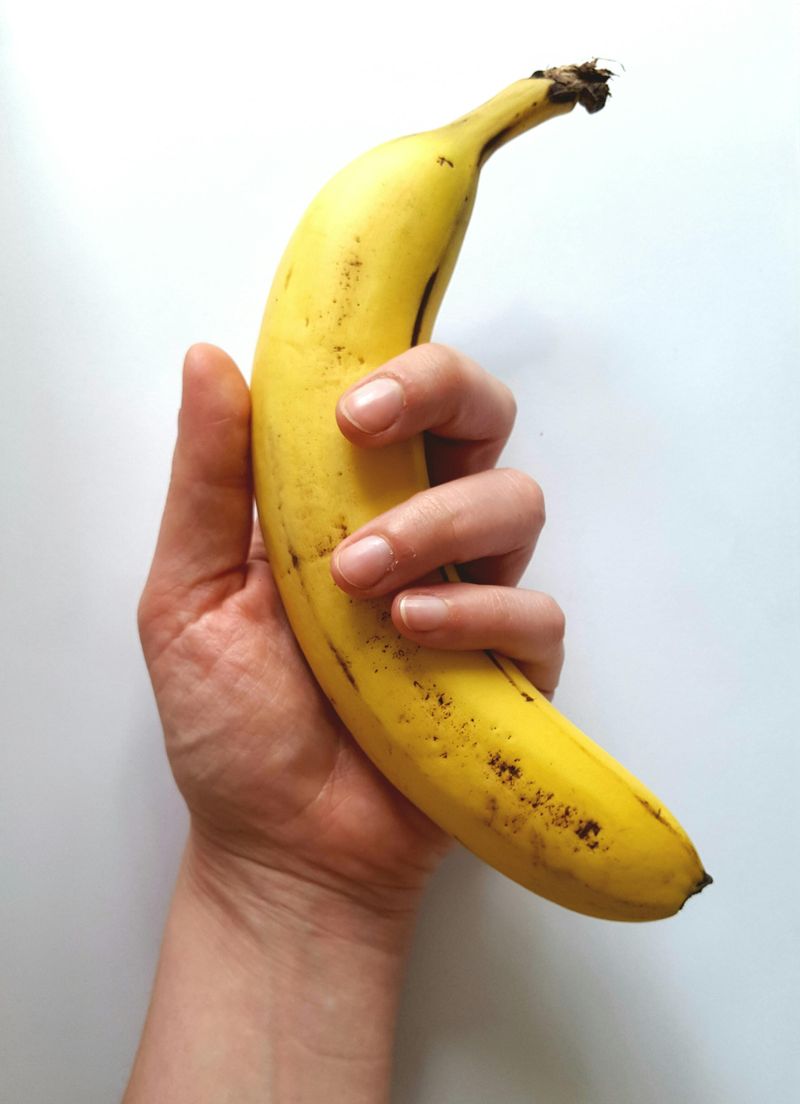
Victorian-era Americans would pay $2 for a single banana—equivalent to about $60 today! These tropical fruits were such rarities that etiquette books included instructions on how to properly eat them at fancy dinner parties.
The banana’s journey to affordability began when entrepreneurs like Lorenzo Baker and Andrew Preston formed the Boston Fruit Company (later United Fruit Company) in the 1870s. They revolutionized banana imports with refrigerated shipping and vast plantations in Central America.
Mass marketing campaigns, including the famous Miss Chiquita character introduced in 1944, helped make bananas America’s favorite fruit. Now available for mere cents each, these potassium-packed fruits have completed an amazing transformation from exotic luxury to everyday snack.
5. Chocolate: The Divine Treat That Conquered the World

Ancient Mayans and Aztecs valued cacao beans so highly they used them as currency! When chocolate first arrived in Europe in the 16th century, only royalty and aristocrats could afford the bitter, expensive drink.
The chocolate revolution began in 1828 when Dutch chemist Coenraad Van Houten invented a press that removed cacao butter from chocolate liquor. This created the foundation for solid chocolate. The 1875 invention of milk chocolate by Swiss chocolatier Daniel Peter made it more palatable for everyday consumers.
Mass production techniques pioneered by companies like Hershey’s in the early 1900s finally brought chocolate to the masses. What was once worth its weight in gold now costs just a few dollars per pound at any grocery store.
6. Black Pepper: The Spice That Launched a Thousand Ships
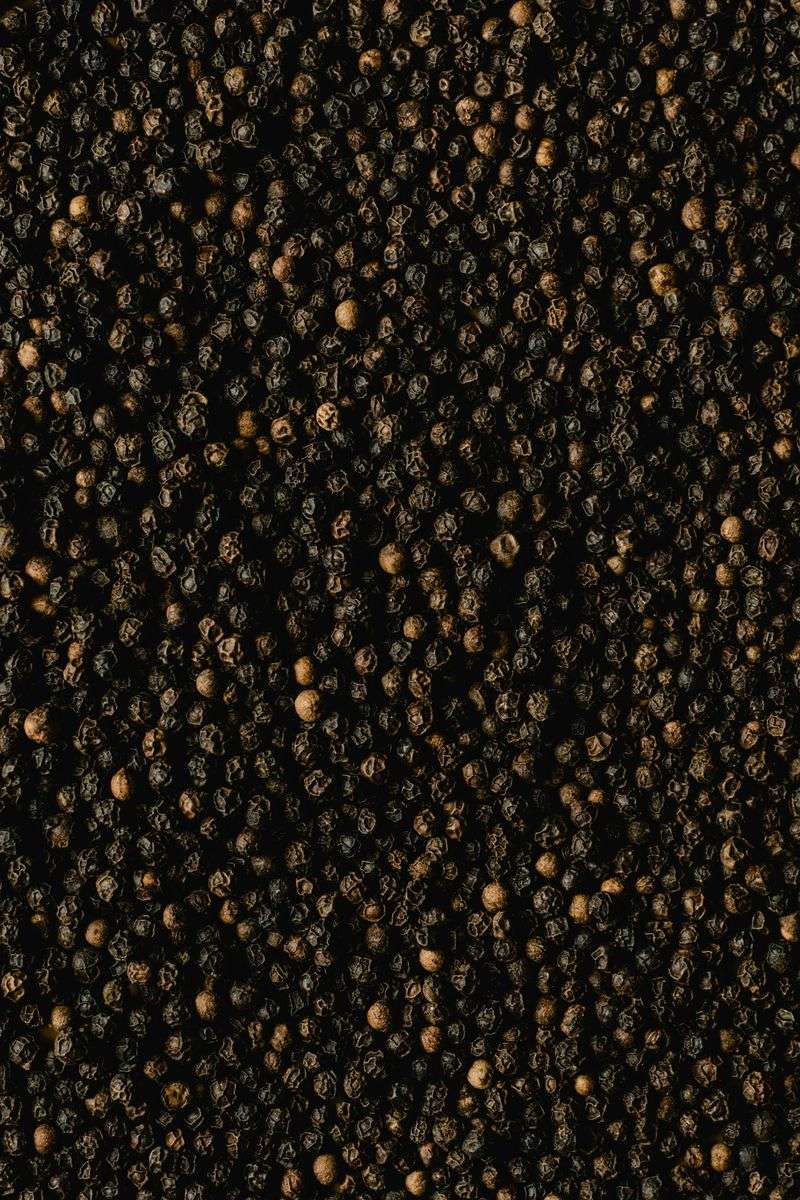
Medieval Europeans would literally count individual peppercorns as if they were coins! Pepper was so valuable that rent, dowries, and taxes were sometimes paid with this precious spice during the Middle Ages.
The quest for pepper and other spices motivated explorers like Vasco da Gama to find sea routes to India, reshaping world history. Venetian merchants grew fabulously wealthy controlling the pepper trade until Portuguese sailors discovered direct routes to the source.
Today, improved cultivation in countries like Vietnam, Brazil, and Indonesia has made black pepper one of the most affordable spices. The humble pepper shaker on your dinner table contains what was once a treasure that inspired global exploration and trade networks spanning continents.
7. Vanilla: The Orchid Treasure That Flavors Our World

Vanilla comes from an orchid so difficult to cultivate that for centuries, only the Totonac people of Mexico knew how to produce it! Each vanilla flower must be hand-pollinated within 12 hours of opening, making it the second most expensive spice after saffron for much of history.
The breakthrough came in 1841 when a 12-year-old enslaved boy named Edmond Albius on Réunion Island discovered a quick method to hand-pollinate vanilla. His technique revolutionized production and is still used today.
The development of synthetic vanillin in 1874 made vanilla flavoring even more accessible. While pure vanilla extract still commands premium prices, the flavor has become affordable enough for everyday baking through vanilla-flavored products and artificial alternatives.
8. White Flour: The Refined Staple That Changed Baking

For centuries, white bread was reserved for nobility while peasants ate dark, whole grain loaves. The labor-intensive process of sifting flour through cloth made white flour prohibitively expensive for common people.
The industrial revolution changed everything with the invention of roller mills in the 1870s. These machines efficiently separated wheat germ and bran from the endosperm, producing fine white flour at unprecedented speeds and quantities.
Mass production drove prices down dramatically, making white bread accessible to everyone. The status symbol reversed completely—whole grain bread became the premium product while white bread became associated with affordability. Today, all-purpose white flour costs mere pennies per pound, making home baking economical for any household.
9. Iceberg Lettuce: The Cool Crisp That Revolutionized Salads

Fresh vegetables in winter months were once luxuries only the wealthy could afford. Iceberg lettuce changed the game in the early 1900s when the Southern Pacific Railroad began shipping it from California in ice-cooled railcars, earning it the name ‘iceberg.’
Before refrigerated transport, most Americans rarely ate fresh greens outside the growing season. The lettuce’s natural durability made it ideal for long-distance shipping, bringing year-round salads to dinner tables across America.
The development of the ‘Crisphead’ variety in 1941 further improved shipping qualities. Today, this humble lettuce costs just a dollar or two per head in most supermarkets, making fresh salads an affordable option regardless of season or location.
10. Canned Food: Preservation Magic in Metal Containers
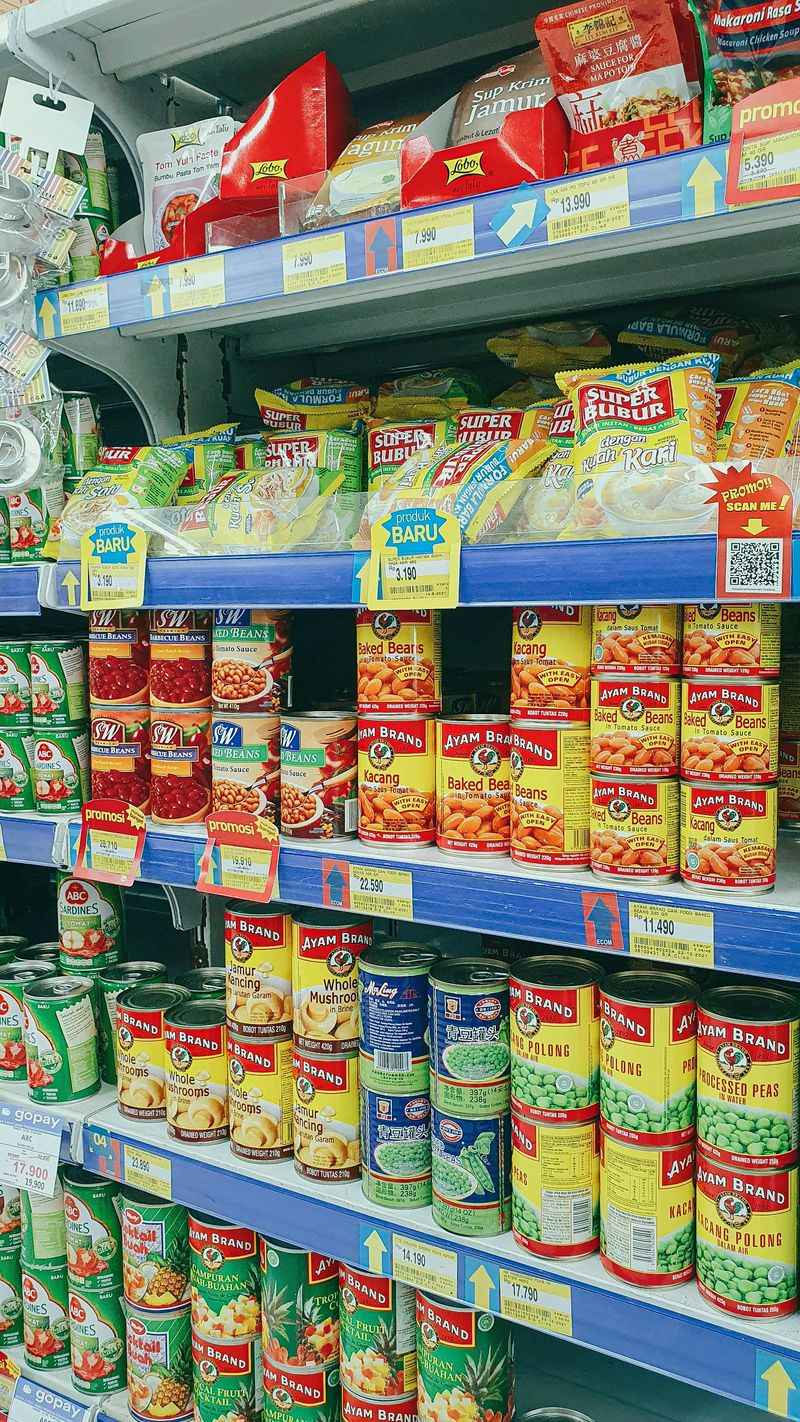
When first invented in the early 1800s, canned foods were so expensive that only the military and wealthy explorers could afford them. Each can was handmade by skilled tinsmiths, taking hours to produce a single container.
The invention of the can-making machine in 1847 dramatically reduced production time from six cans per hour to sixty. World War I further accelerated canning technology as governments needed efficient ways to feed troops.
Mass production techniques eventually brought prices down to pennies per can. Modern high-speed production lines can produce over 1,500 cans per minute! This revolutionary preservation method transformed seasonal foods into year-round staples, making everything from pineapple to tuna accessible regardless of location or season.
11. Spam: The Canned Meat That Fed the World

Hormel Foods introduced Spam in 1937 as a convenient premium meat product, initially pricing it as a luxury item. The name itself came from ‘Spiced Ham,’ created by Kenneth Daigneau who won $100 for suggesting it in a naming contest.
World War II transformed Spam’s status when the U.S. military purchased over 150 million pounds to feed Allied troops. This massive production scale dramatically reduced costs. For many people in war-torn countries, Spam represented their first taste of American meat products.
Today, while some consider it a budget food, Spam has developed cult status in places like Hawaii, South Korea, and the Philippines. Over 8 billion cans have been sold worldwide, making this once-premium product an affordable protein option available in virtually every grocery store.
12. Coffee: The Energizing Bean That Conquered Morning Routines
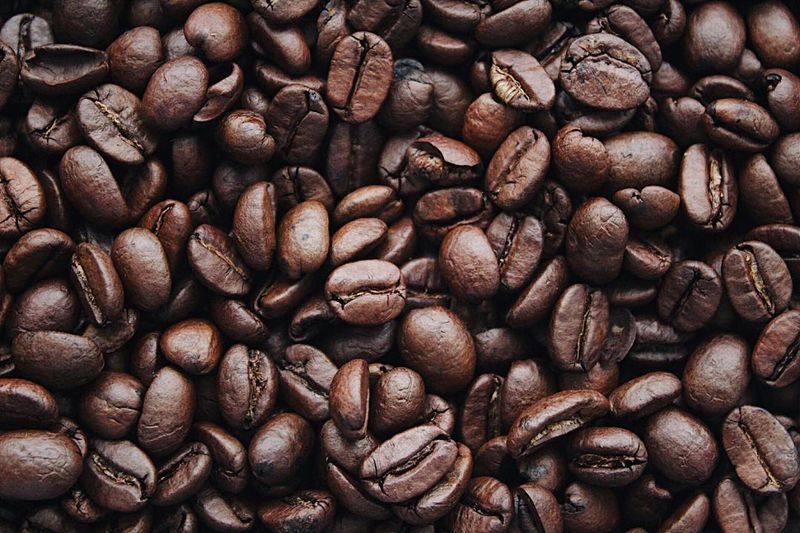
Coffee was once so precious that in 17th century Europe, it was sold by apothecaries as a medicinal remedy! Coffee houses became exclusive gathering places for the elite, with prices keeping common people away.
Large-scale plantations in South America and improved shipping methods began making coffee more accessible in the 19th century. The invention of vacuum packaging in 1900 and instant coffee in 1938 further democratized access to this once-elite beverage.
The home coffee machine revolution of the 1970s brought barista-quality brewing into ordinary kitchens. While specialty coffee can still command premium prices, basic coffee has become so affordable that many workplaces provide it free. The morning cup that once signified wealth now costs just pennies when brewed at home.
13. Almonds: The Nutritional Nuggets That Fell From Their Pedestal
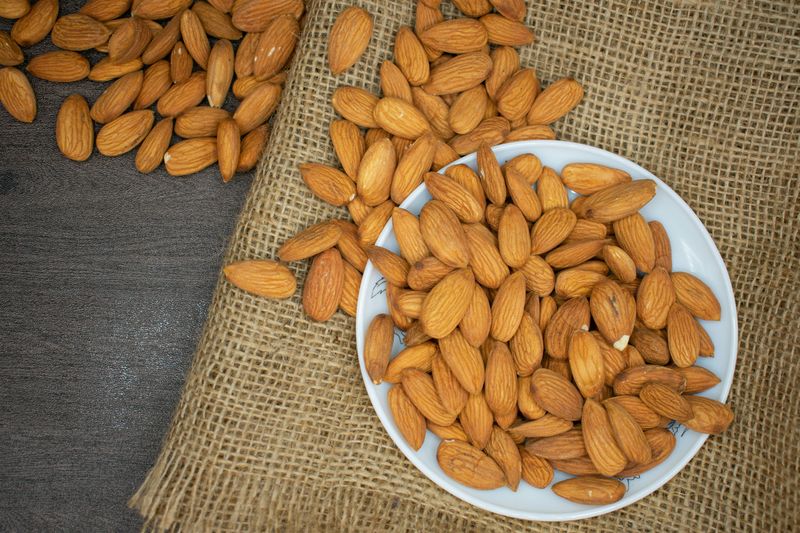
Ancient Romans showered newlyweds with almonds as fertility charms—they were too precious to actually eat! For centuries, almonds remained costly imports primarily used by the wealthy as medicine or in special treats.
California’s agricultural revolution changed everything. The first commercial almond orchards were planted in the 1850s, but the industry truly exploded in the 20th century with improved irrigation techniques and mechanized harvesting.
Today, California produces over 80% of the world’s almonds, with more than 1.5 million acres dedicated to almond orchards. This massive scale of production transformed almonds from luxury to everyday snack. Now available in bulk bins at most grocery stores, these nutrient-dense nuts have become affordable enough for regular consumption.
14. Frozen Orange Juice: Sunshine in a Can Year-Round
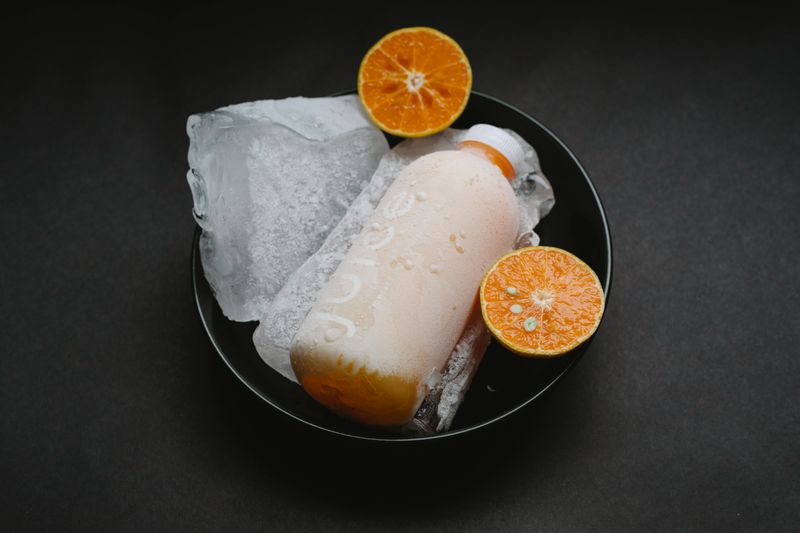
Fresh orange juice in winter was once a luxury only the wealthy could afford. Everything changed in 1945 when scientists at the Florida Citrus Commission developed concentrated frozen orange juice during a project funded by the U.S. military.
The invention allowed orange juice to be stored indefinitely without losing vitamin C content. Minute Maid (originally called ‘Vacuum Foods Corporation’) commercialized the product in 1946, marketing it as a convenient way to enjoy ‘fresh’ orange juice anytime.
Production efficiencies and competition drove prices down dramatically through the 1950s and beyond. The iconic aluminum cans of frozen concentrate became a staple in American freezers, making what was once a seasonal luxury into an affordable breakfast essential available every day of the year.
15. White Rice: The Grain That Fed Empires
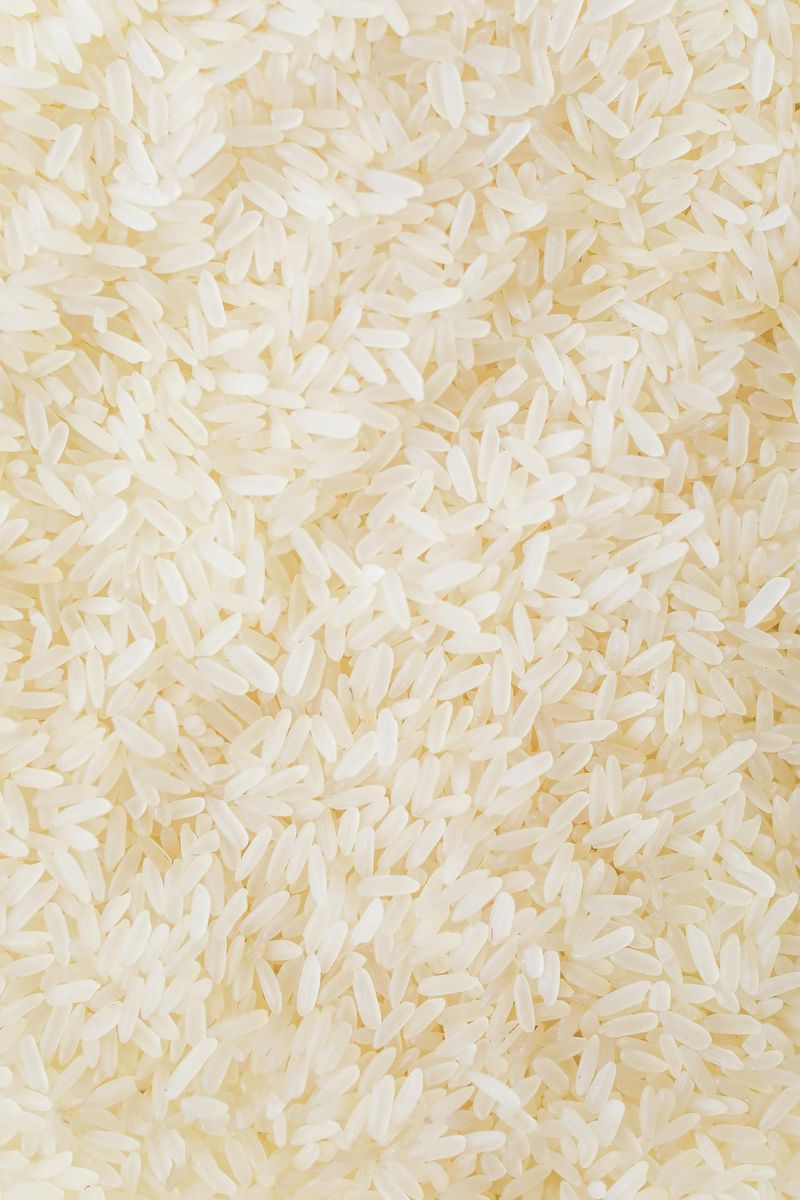
For centuries, polished white rice was reserved for nobility in many Asian societies while commoners ate brown rice. The labor-intensive process of removing the bran and germ by hand made white rice significantly more expensive.
The invention of mechanical rice hullers in the late 19th century revolutionized processing. These machines could process rice far faster than manual methods, dramatically reducing costs. The development of parboiling techniques in the 20th century further streamlined production.
Modern industrial milling now processes millions of tons annually. Global trade networks and improved cultivation methods have made white rice one of the most affordable staple foods worldwide. This transformation has been so complete that in many countries, white rice is now less expensive than the whole grain brown rice once eaten by peasants.
16. Avocados: Green Gold No Longer Out of Reach
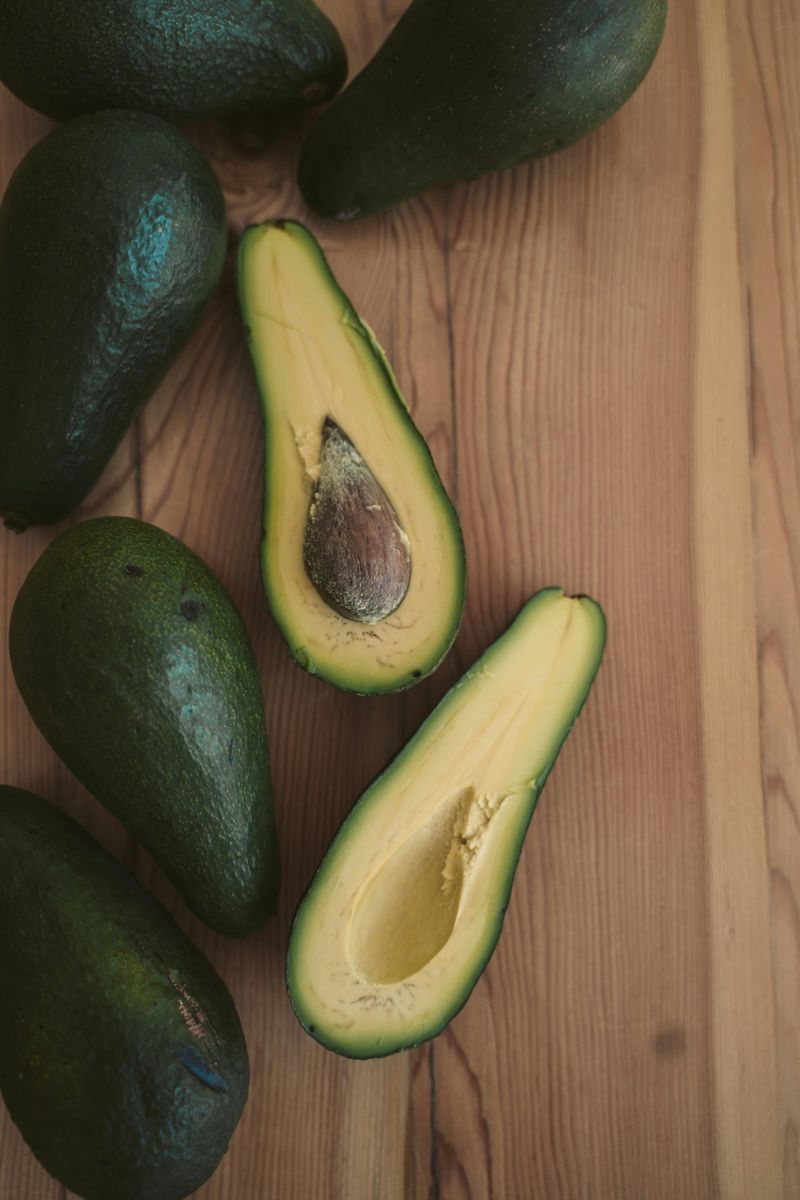
Avocados were such rare treats in the 1960s that cookbooks suggested serving half an avocado as a special occasion appetizer with cocktail sauce in the seed cavity! Outside their native growing regions, they remained exotic and expensive for decades.
Improved farming techniques in California, Mexico, and other regions dramatically increased production starting in the 1980s. The North American Free Trade Agreement (NAFTA) in 1994 further boosted availability by reducing trade barriers on Mexican avocados.
The superfood movement of the 2000s created unprecedented demand, incentivizing even more production. While seasonal price fluctuations still occur, avocados have transformed from special occasion luxury to everyday grocery item. Now they’re common enough to be mashed on toast for casual breakfasts across America.
17. Ice Cream: The Frozen Delight That Melted Class Barriers

Presidents Washington and Jefferson served ice cream at elite gatherings when it was still a rare luxury requiring ice houses and significant labor. Ordinary people rarely tasted frozen desserts before the 19th century.
The ice cream revolution began with the hand-cranked freezer, patented in 1843, which made home production possible. Mechanical refrigeration in the late 19th century further democratized access. The invention of the continuous freezer by Clarence Vogt in 1926 enabled mass production.
Howard Johnson’s pioneered affordable ice cream in the 1920s, offering 28 flavors when most shops had only three. By the 1950s, innovations in stabilizers and manufacturing made ice cream an everyday treat. Today’s supermarket freezers offer gallons of ice cream for prices that would astonish our ancestors.

Comments
Loading…